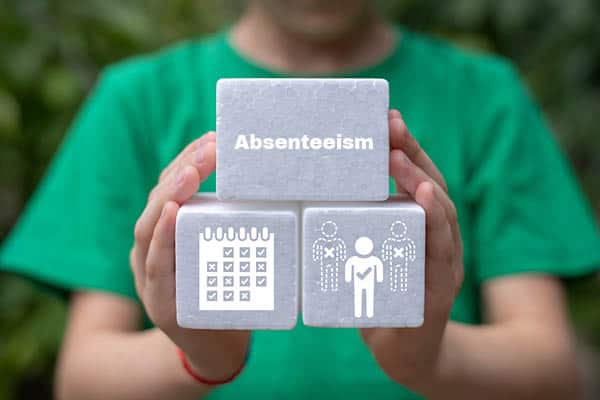“Fierce wars continue to rage around math instruction, but there are many practical changes we should make for mathematics students upon which most of us can probably agree, that could transform their ability to achieve,” write Jo Boaler, a Stanford professor and author of “Math-ish: Finding Creativity, Diversity & Meaning in Mathematics,” and Cole Sampson, the administrator of professional learning for the Kern County Superintendent of Schools Office, in EdSource.
“A promising new initiative for California that we have both been involved with tackles two of the most pressing flaws of traditional math instruction. Ask any teacher of math what they wish they did not have to deal with, and they will tell you the excessive amount of content they need to teach, which leads to the second problem — the shallow coverage of hundreds of methods that students do not learn in meaningful ways.
“U.S. math textbooks are massive and heavy tomes. By contrast, math textbooks in Japan and China are small and slim. The reason: U.S. curriculum repeats content every year. In China and Japan, content is taught less frequently but more deeply and conceptually. As teachers in the U.S. are forced to “cover” an extensive amount of content in every year of school, students only gain a shallow experience of mathematical methods and rules.
“The second problem, linked to the first, is that students are taught hundreds of methods as though they are all equally important, without experiencing the more foundational concepts deeply and conceptually. Some concepts are much more central than others because they link to other areas of content, and they deserve to be learned deeply, over multiple lessons, through applied tasks that relate to students’ lives. An example of a central concept in grade four is “factors and groups.” Instead of learning about these through short questions and answers, students can learn them through rich tasks in which they are more deeply engaged.
“Students can learn all foundational concepts, such as fractions or functions, by drawing, building and learning about them through real-world examples. Every important idea in mathematics can be learned visually, physically and conceptually, including algebra and calculus. Instead, most students work through pages of numerical calculations, absent of any connection to the world, and spend hours of algebra class manipulating Xs on a page.
“A solution to both of these problems is to teach the ‘big ideas in mathematics’ for every grade, as set out in the California Mathematics Framework, making sure that for each of the eight or so big ideas in every grade, students have a deep and rich experience of their underlying concepts: by drawing them, building them and talking about them. Even if it is only these eight or so ideas that are experienced in this way each year, they will serve as a foundation for everything else students learn as they progress.”
EdSource





